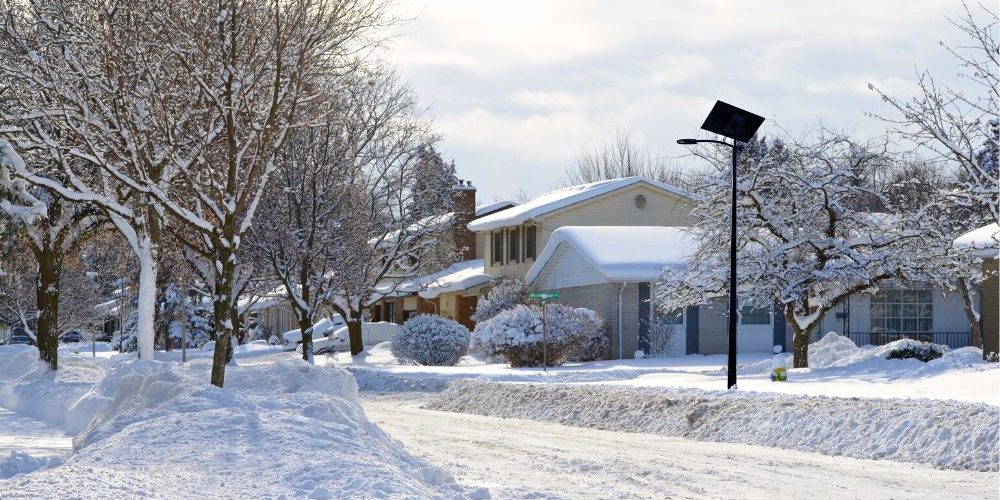what are you looking for?
As the colder months approach, ensuring that your solar lamps are prepared to withstand winter weather is essential for maintaining their functionality and longevity. Solar powered lamps are a great way to illuminate your garden, walkway, or patio while being environmentally friendly and cost-effective. However, they require proper care to endure the harsh conditions of winter. Here are some practical tips for weatherproofing and maintaining your LED solar lamps during the winter season.
Firstly, it’s important to check the waterproof rating of your solar lamps. Most outdoor solar lamps come with an IP rating, which indicates their resistance to dust and water. For winter weather, an IP65 rating or higher is recommended, as this ensures the lamp can withstand heavy rain and snow. If your lamps have a lower rating, consider relocating them to a more sheltered area or investing in weatherproof covers to protect them from the elements.
Cleaning your solar panels regularly is another crucial step in maintaining your solar lamps. Snow, ice, and debris can accumulate on the panels, obstructing sunlight and reducing their efficiency. Use a soft cloth or a brush with gentle bristles to remove any buildup. Avoid using abrasive materials or harsh chemicals, as these can damage the solar panels. Keeping the panels clean ensures that your lamps receive maximum sunlight exposure, which is essential for their performance during the shorter days of winter.

Battery maintenance is equally important in ensuring the reliability of SLD solar lamps. Cold temperatures can affect battery performance, so it’s advisable to check the batteries before winter sets in. Replace any old or weak batteries with new ones designed for low temperatures. Rechargeable lithium-ion batteries are a good choice as they perform well in cold conditions. Additionally, consider using battery protectors or insulators to help maintain optimal battery temperature and extend their lifespan.
Another tip for winter maintenance is to inspect the overall condition of your solar lamps. Check for any cracks or damage in the housing, which could allow moisture to seep in and cause electrical issues. Tighten any loose screws or fittings to ensure the lamps are securely assembled. If you notice any significant damage, it might be best to replace the affected parts or the entire lamp to prevent further issues during the winter.
Finally, consider bringing your solar lamps indoors during extreme weather conditions. If you anticipate heavy snowfall, freezing rain, or prolonged periods of low temperatures, storing your lamps in a dry, sheltered area can prevent damage and prolong their lifespan. Once the severe weather passes, you can easily reinstall them outdoors. By taking these precautions, you can ensure that your solar lights remain functional and continue to light up your outdoor spaces throughout the winter season.

Xiamen SLD Technology Co., Ltd
 Chengyi North Street, Software Park 3, Jimei District, Xiamen Fujian, China
Chengyi North Street, Software Park 3, Jimei District, Xiamen Fujian, China +86 188 5929 8629
+86 188 5929 8629 sales@solarlightsdo.com
sales@solarlightsdo.com Blog | Sitemap | XML | Privacy Policy
Blog | Sitemap | XML | Privacy Policy

